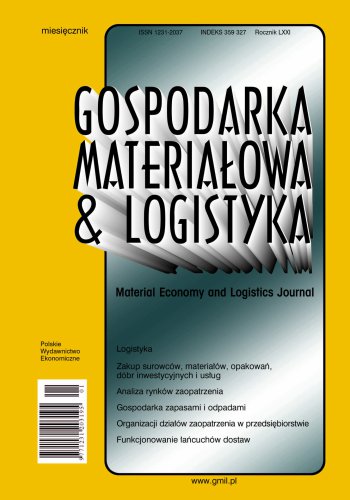Currently, production companies operate in a turbulent environment as a result, among others, of the global crisis caused by the pandemic and war. For this reason, they are forced to constantly search for solutions in the field, e.g., lowering production costs, shortening reaction time in response to market needs, or introducing innovative solutions to improve production processes. A new look at the production processes implemented was forced by the changing and constantly growing market requirements and the possibility of implementing innovative technical and organizational solutions. The task of streamlining the production process is the elimination of losses and the search for waste sources and standardizing the implemented solutions. One of the ways to improve the efficiency and flexibility of production processes is the Lean concept, which is focused on eliminating waste and shortening order fulfilment cycles in the process. The essential tools used in the Lean Management concept include: 5S, Kaizen, Just in Time, Just in Sequence, Kanban (pull system), Single Minute Exchange of Die (SMED), Total Productive Maintenance (TPM), Value Stream Mapping (VSM), standardization, muda, Total Quality Management (TQM), tact time, heijunka, andon (Visual Management), poka yoke. The paper aims to reduce the changeover time of the punching machine in the bitumen mat production process based on the use of the SMED method.
Keywords: production process; Lean Management; SMED; waste; machine changeover

